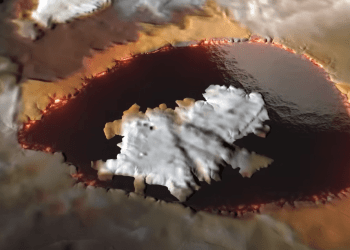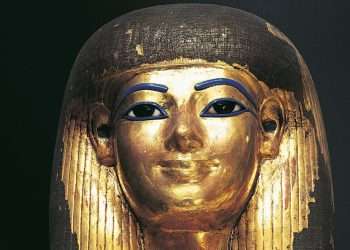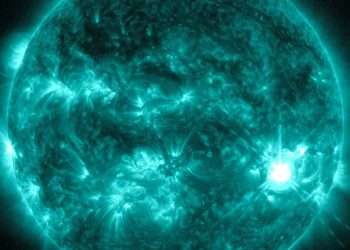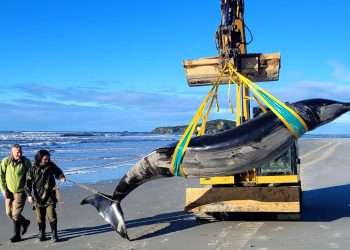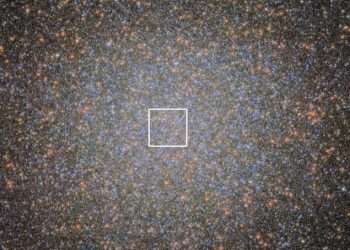A GIANT asteroid that’s been labeled as ‘potentially hazardous’ contains never-before-seen precious metals.
That’s according to a new study that focussed on the infamous asteroid Bennu.

Giant asteroid Bennu has an approximate diameter of 1,614 feet[/caption]

A sample from Bennu returned to Earth in 2023[/caption]

A few results from Nasa’s OSIRIS-REx asteroid-sampling mission are finally available.
That mission sent a small spacecraft to the space rock Bennu.
The asteroid has an approximate diameter of 1,614 feet.
A sample was taken from its surface in 2020 and landed back on Earth in 2023.
Now scientists have revealed insight into what they found on the large space rock.
It’s said to contain a rare substance called magnesium phosphate.
This material has never been seen on Earth before.
It’s possible this mineral has fallen from space onto Earth but has been too fragile to survive.
This find was revealed at the Lunar and Planetary Science Conference (LPSC) in Texas last week.
Jessica Barnes, assistant professor at the Lunar and Planetary Laboratory (LPL), led the study of the phosphate substances in the sample.
“It’s no surprise that we initially thought this might be a contaminant,” she said, according to Live Science.
Other scientists discovered that Bennu contains water-altered compounds.
There is a theory that life on Earth started because of an asteroid impact bringing water and the right organic molecules.
There’s also slight concern that an asteroid like Bennu could end lives on Earth.
Bennu has previously been labeled as a possible security risk for our planet.
What's the difference between an asteroid, meteor and comet?
Here's what you need to know, according to Nasa…
- Asteroid: An asteroid is a small rocky body that orbits the Sun. Most are found in the asteroid belt (between Mars and Jupiter) but they can be found anywhere (including in a path that can impact Earth)
- Meteoroid: When two asteroids hit each other, the small chunks that break off are called meteoroids
- Meteor: If a meteoroid enters the Earth’s atmosphere, it begins to vapourise and then becomes a meteor. On Earth, it’ll look like a streak of light in the sky, because the rock is burning up
- Meteorite: If a meteoroid doesn’t vapourise completely and survives the trip through Earth’s atmosphere, it can land on the Earth. At that point, it becomes a meteorite
- Comet: Like asteroids, a comet orbits the Sun. However rather than being made mostly of rock, a comet contains lots of ice and gas, which can result in amazing tails forming behind them (thanks to the ice and dust vaporizing)
There’s said to be a one in 2,700 chance it could collide with us in the 2100s.
It’s a slim chance and Bennu has passed Earth before and left us unscathed.
The relative closeness of the asteroid’s path still means it’s important for scientists to study the asteroid closely.





















